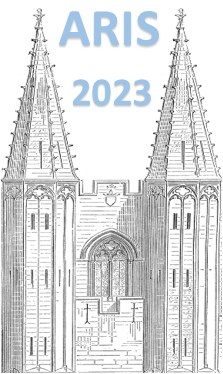Orateur
Description
High-energy nuclear collisions are conducted in the world’s largest accelerators, the BNL RHIC and the CERN LHC, to characterize the hot phase of strong-interaction matter, the quark-gluon plasma. Following two decades of phenomenological studies and the availability of data from several different species, a picture has been established according to which high-energy nuclear scattering works as an imaging process giving access to spatial distributions of nucleons in the ground states of the colliding ions. These experiments provide, thus, complementary evidence of nuclear deformations, as well a new means to determine neutron skins.
I present recent activities that have gathered together low-energy nuclear structure physicists and high-energy heavy-ion physicists to address these issues, and I highlight the advances that they have brought for both communities. I discuss the prospects for future experimental and theoretical studies at the intersection of these two areas aimed at improving our knowledge of the strong nuclear force across energy scales.

